10 Most Promising Tall Buildings in Asia
Here is a list of the 10 tallest buildings in the Asian continent, each of which is unique in its way.
The exponential rise in global population and limited land availability has pushed architects, urban designers, and urban planners to use land more efficiently. Since the scope for horizontal development is limited, vertical expansion has emerged as a promising solution. As a result, the construction of tall buildings; also known as skyscrapers or high-rises has become increasingly popular. Tall buildings offer the opportunity for high-density development, thereby maximizing land use and minimizing the environmental impact of urbanization.
Additionally, tall buildings also serve as a symbol of a nation’s economic wealth and technological advancement. In the context of Asia, where many cities are experiencing explosive growth, there has been a surge in the construction of skyscrapers.
1. Burj Khalifa, Dubai, UAE
Architects: Skidmore, Owings & Merrill
Structural engineer: Bill Baker
Standing at an impressive height of 828 meters (2,703 feet), the Burj Khalifa owns not only the title of the tallest building in Asia but also the tallest building in the world. Designed by Adrian Smith of Skidmore, Owings & Merrill (SOM), this iconic building features a sleek and elegant design inspired by Islamic architecture. The construction of this building spanned over six years and was completed in 2010, involving a workforce of around 12,000 people, and cost a staggering $1.5 billion.
Its construction involved numerous technological innovations, including the development of a new high-strength, low-permeability concrete mix, and a highly efficient structural system that provides excellent stability and wind resistance. Additionally, The building’s exterior features high-performance glass that maximizes natural daylight while minimizing heat gain, and a state-of-the-art cooling system that helps to reduce energy consumption.
2. Merdeka 118, Kuala Lumpur, Malaysia
Architects: Fender Katsalidis in association with RSP KL
Structural engineer: Leslie E. Robertson Associates, Robert Bird Group in association with Arup
Merdeka 118 is the tallest building in Southeast Asia and the second-tallest in the world, standing at a height of 679 meters (2,227 feet). The tower, encompassing 118 floors is designed by Fender Katsalidis Architects in collaboration with local firm GDP Architects. It accommodates mixed-use spaces, including luxury residences, a hotel, retail, and office space.
The building’s design is inspired by traditional Malaysian weaving patterns and features a spiraling, organic form that tapers toward the top. The tower also incorporates sustainable design elements, such as a high-performance facade that reduces solar heat gain and energy-efficient lighting and HVAC systems that help reduce the overall carbon footprint of the building on the surrounding environment.
3. Shanghai Tower, Shanghai, China
Architects: Gensler
Engineers: Thornton Tomasetti and Cosentini Associates
Completed in 2015, the Shanghai Tower stands at 632 meters (2,073 feet) and was designed by Jun Xia of Gensler, an architecture and design firm known for its innovative and sustainable designs. The building has a unique spiraling form, composed of nine cylindrical blocks stacked on top of one another. The spiraling form helps to reduce the impact of lateral wind loads on the building, providing greater stability and reducing the need for additional structural support. Additionally, the form also aids in enhancing natural ventilation, thereby improving the building’s energy efficiency and reducing its environmental impact.
4. Abraj Al Bait Clock Tower, Mecca, Saudi Arabia
Architects: SL Rasch GmbH and Dar Al-Handasah Architects
Structural engineer: SL Rasch GmbH and Dar Al-Handasah
The Abraj Al Bait Clock Tower, also known as the Mecca Royal Clock Tower, is a 601-meter (1,971 feet) tall skyscraper located in Mecca, Saudi Arabia. The construction of the tower was completed in 2012 as a part of the Abraj Al Bait complex, which includes seven other tall buildings. This landmark structure serves as a hotel intending to accommodate millions of pilgrims visiting Mecca every year.
The skyscraper is designed by German architectural firm SL Rasch GmbH in collaboration with Saudi Arabian engineering firm Dar Al-Handasah. It features the largest clock face in the world, measuring 43 meters in diameter. The building depicts a modern-day interpretation of traditional Islamic architecture through symbolism. For example, the central clock face is surrounded by a crescent-shaped structure which holds significant value in Islamic culture.
5. Ping An Finance Center, Shenzhen, China
Architects: Kohn Pedersen Fox Associates
Structural engineer: Thornton Tomasetti
Designed by Kohn Pedersen Fox Associates, the Ping An Finance Center stands 599 meters (1,965 feet) tall and was completed in 2017. The skyscraper’s sloping facade not only reduces solar heat gain but also minimizes wind loads through the creation of an aerodynamic shape. Additionally, the form of the tower also helps in maximizing views of the surrounding cityscape, with multiple observation decks located throughout the building. To ensure that the structure could withstand the high winds and typhoons common to its location, the tower was designed with a steel mega-frame structure and a reinforced concrete core.
6. Guangzhou CTF Finance Centre, Guangzhou, China
Architects: Kohn Pedersen Fox
Structural engineer: Arup
Guangzhou CTF Finance Centre is an impressive skyscraper located in the city of Guangzhou, China. Completed in 2016, it stands at a towering height of 530 meters and comprises 111 floors. The building was designed by the architectural firm Kohn Pedersen Fox Associates and is a stunning addition to the city’s skyline. The building is mainly used for offices, but it also houses a hotel, restaurants, and observation decks, offering breathtaking views of the city.
It features an innovative structural design that incorporates a central core and a perimeter frame, providing both stability and flexibility in the face of wind and seismic forces. The building’s exterior is clad in a high-performance glass curtain wall that allows for natural daylight and offers panoramic views.
7. Tianjin CTF Finance Centre, Tianjin, China
Architects: Skidmore, Owings & Merrill LLP in collaboration with Ronald Lu & Partners
Structural engineer: Skidmore, Owings & Merrill LLP
Tianjin CTF Finance Centre is a stunning skyscraper located in the city of Tianjin, China. It stands at a height of 530 meters and is one of the tallest buildings in Asia and the seventh-tallest in the world. The building was designed by the architectural firm Skidmore, Owings & Merrill and was completed in 2019. The Tianjin CTF Finance Centre comprises 98 floors and serves as a mixed-use development, including offices, a hotel, and retail space. The building’s design is inspired by the shape of a river pebble, reflecting the cultural heritage of the surrounding area.
The building features a structural system that is designed to withstand strong winds and earthquakes. It is also equipped with advanced energy-saving technologies, including a high-performance curtain wall and a double-layered facade that helps to reduce energy consumption.
8. CITIC Tower, Beijing, China
Architects: P & T Architects & Engineers Ltd
The CITIC Tower is the last building on the list by the renowned American firm Kohn Pedersen Fox Associates. It stands at a height of about 528 meters (1,732 feet) and was completed in 2018 to serve multiple residences, offices, hotel rooms, and observatories all at once. The unique design of the CITIC Tower draws inspiration from the shape of the “zun,” an ancient Chinese wine vessel. The building’s tapering form is reminiscent of the elegant curves of the vessel, while the facade features a distinctive pattern of vertical fins that change in density and orientation as they ascend the building. The fins serve a functional purpose, helping to reduce wind loads and solar heat gain, while also giving the building a dynamic appearance that changes with the shifting light of the day.
9. TAIPEI 101, Taipei, Taiwan
Architects: C.Y. Lee & C.P. Wang
Structural engineer: Thornton Tomasetti
The TAIPEI 101 is a unique addition to the list of Asia’s tallest buildings, standing at a height of 508 meters (1,667 feet). It is designed by the Taiwanese firm C.Y. Lee & Partners and completed in 2004. To overcome the challenge of designing a building that could withstand Taiwan’s frequent earthquakes and typhoons, the TAIPEI 101 was built with a massive reinforced concrete core that provides exceptional stability and strength. It also features a range of eco-friendly features, including rainwater recycling systems, low-flow water fixtures, and a rooftop garden that helps reduce heat island effects.
10. International Commerce Center, Hong Kong
Architects: Kohn Pedersen Fox Associates (design) and Belt Collins & Associates (landscape)
Structural engineer: Arup
The International Commerce Center (ICC) stands at a height of 484 meters (1,588 feet). Designed by Kohn Pedersen Fox Associates, the building boasts an impressive 118 floors and features an array of commercial and residential spaces, completed in 2010. To ensure stability and safety, the building’s structural design incorporates advanced engineering techniques, including a reinforced concrete core and a steel frame that supports the exterior glass façade. These energy-efficient glass panels allow natural light to enter while minimizing solar heat gain, and the building’s advanced air-conditioning system uses seawater to cool the building, reducing energy consumption by up to 30%.




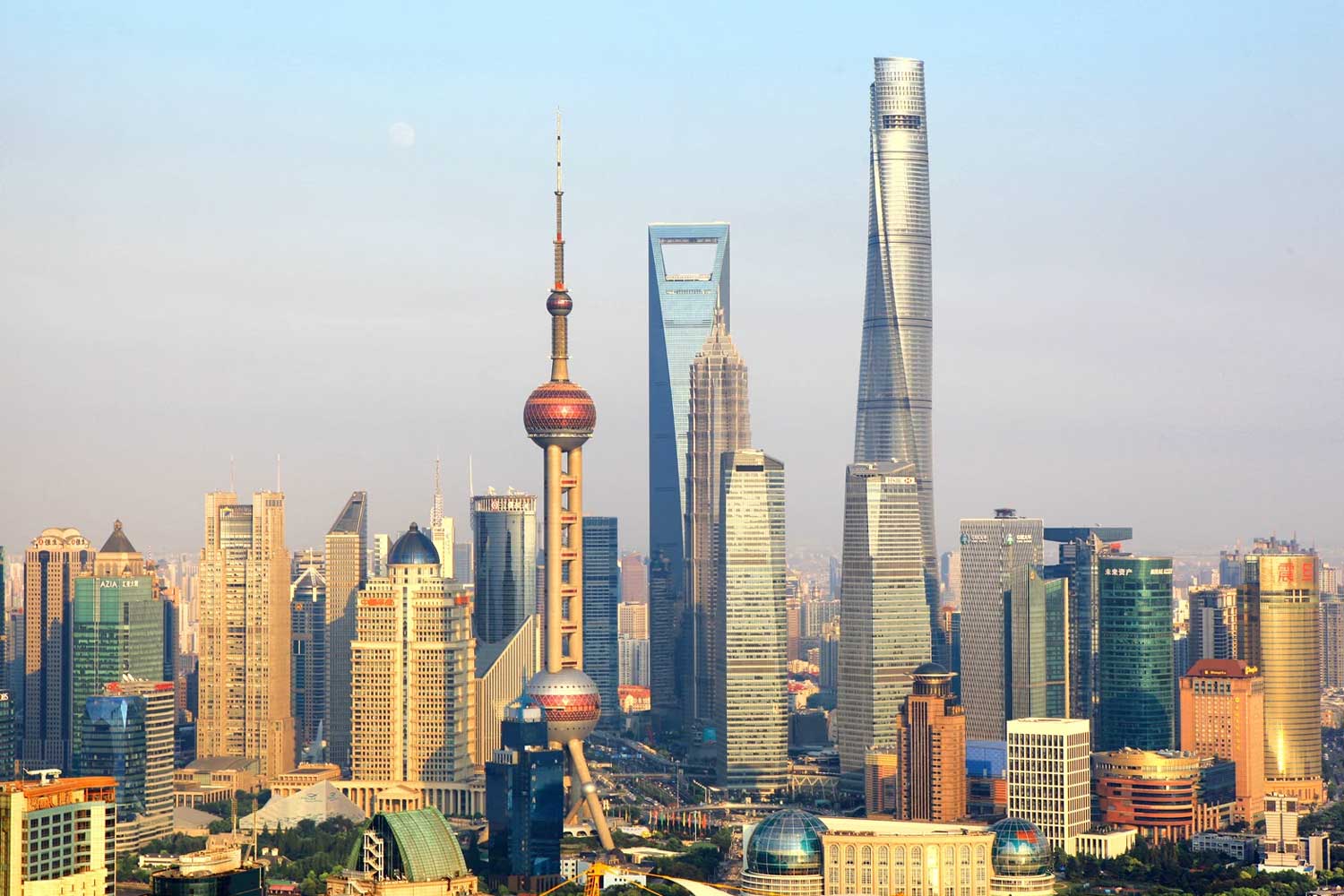
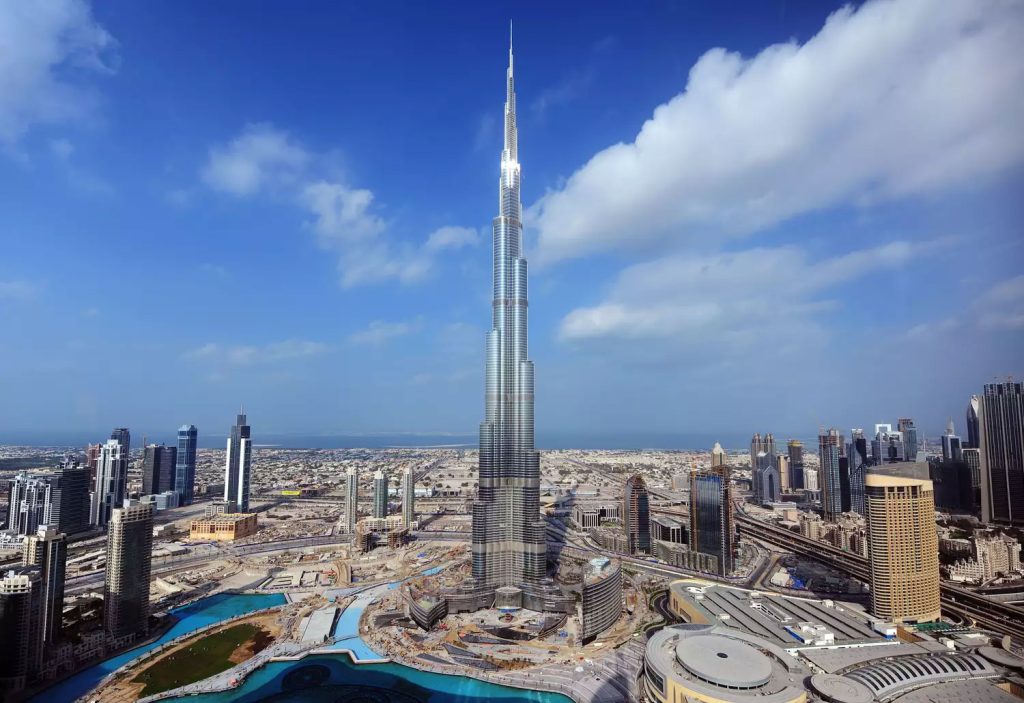
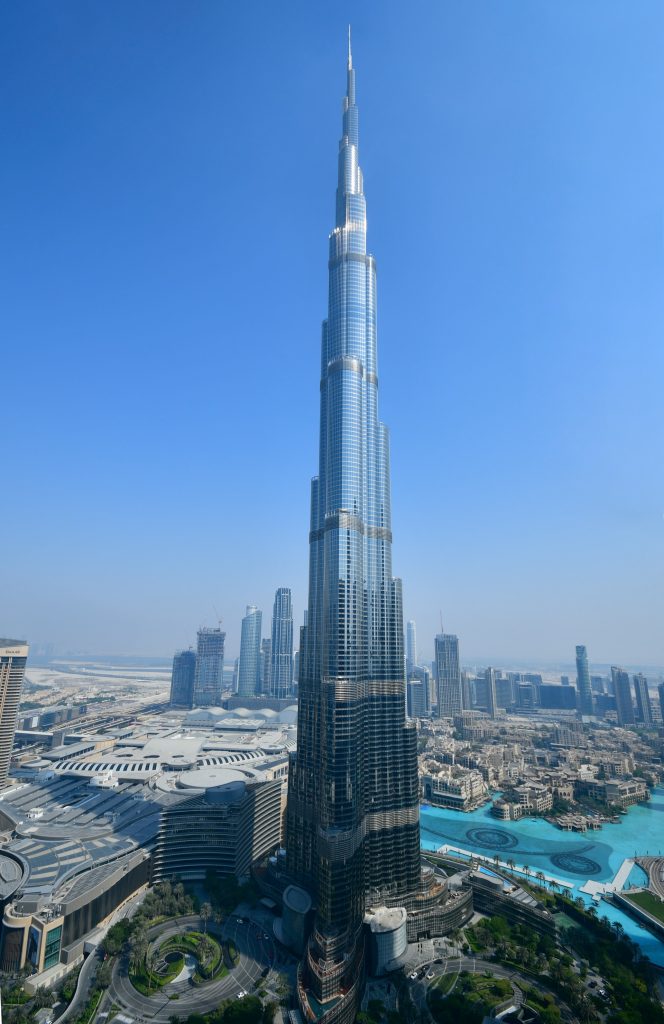
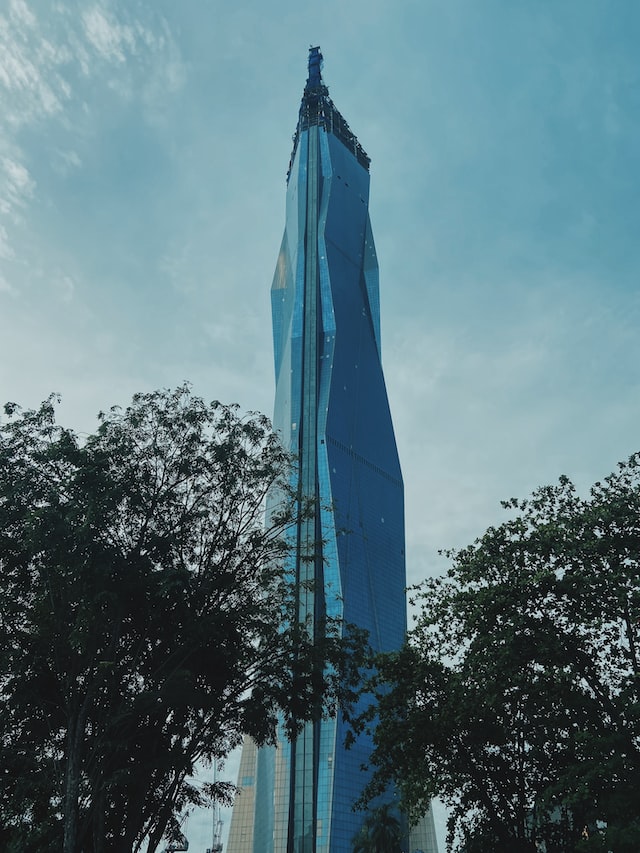
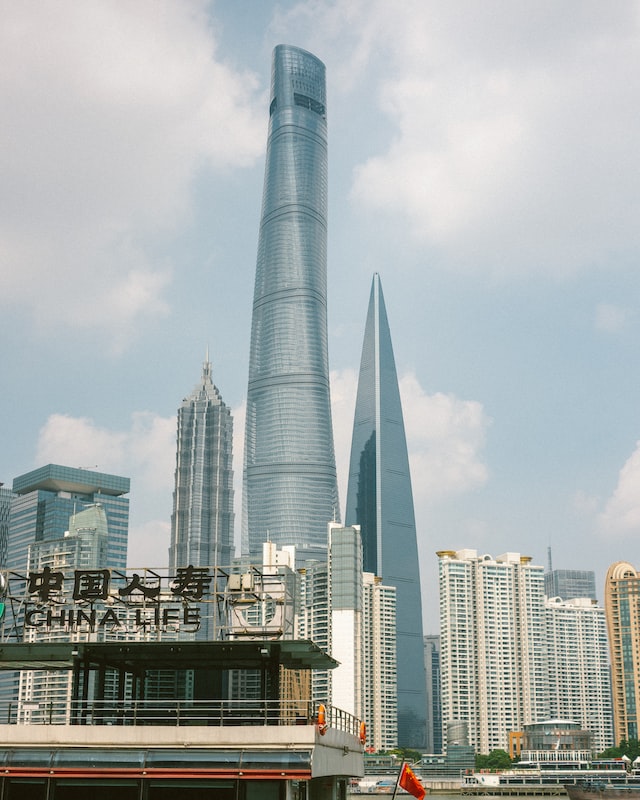
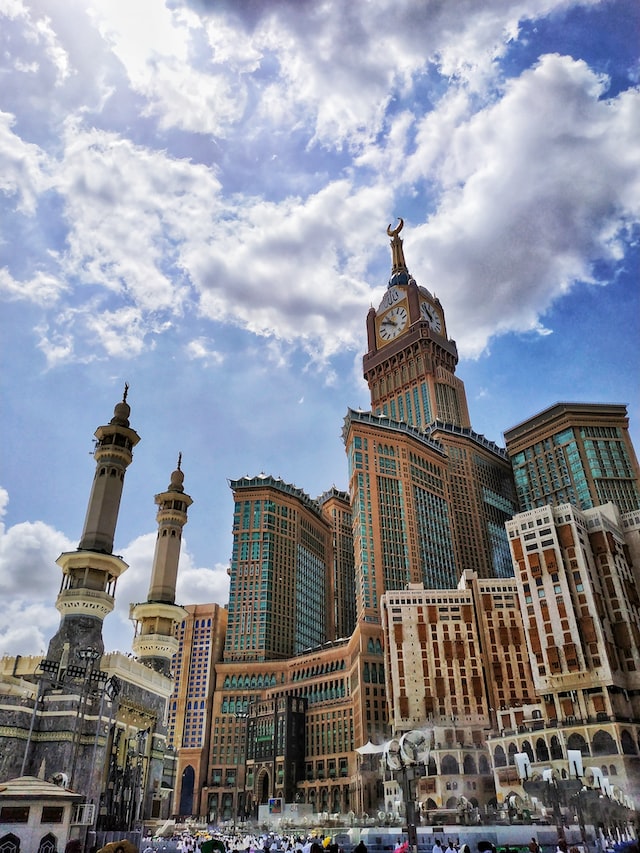
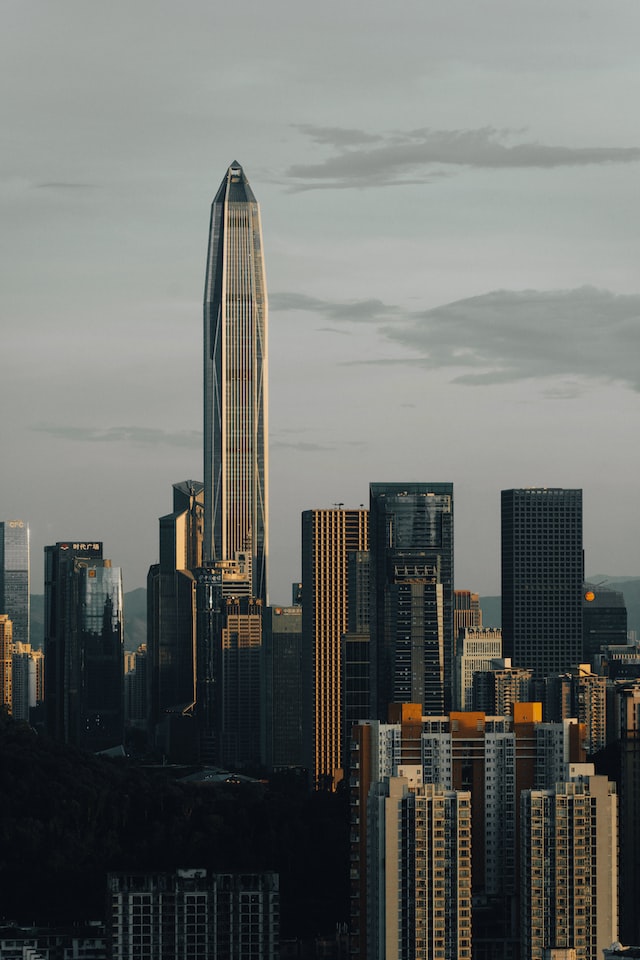
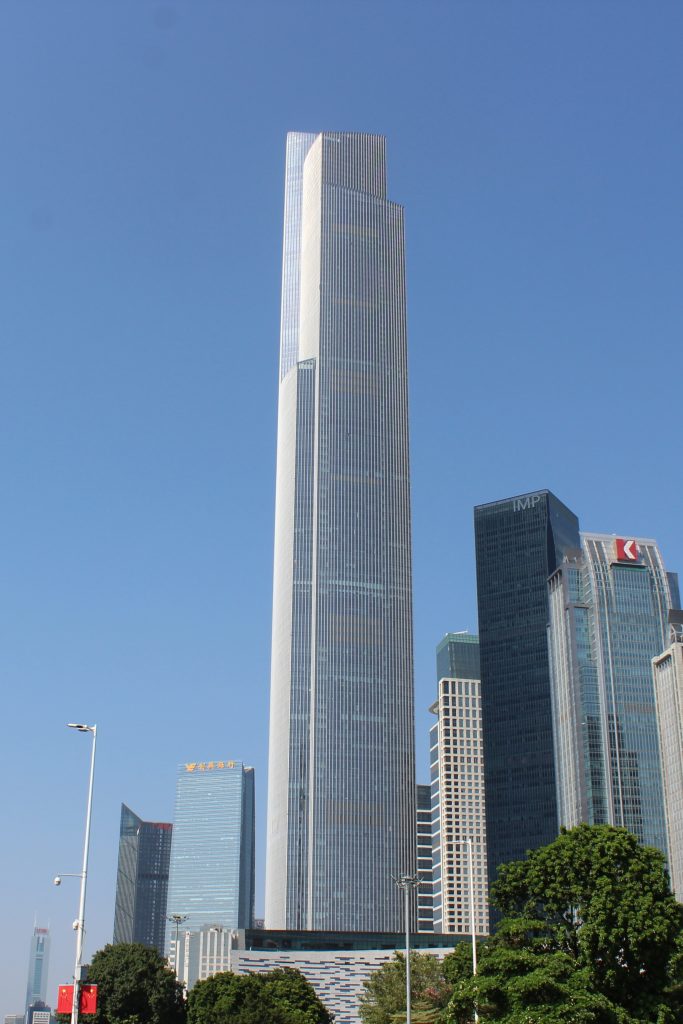
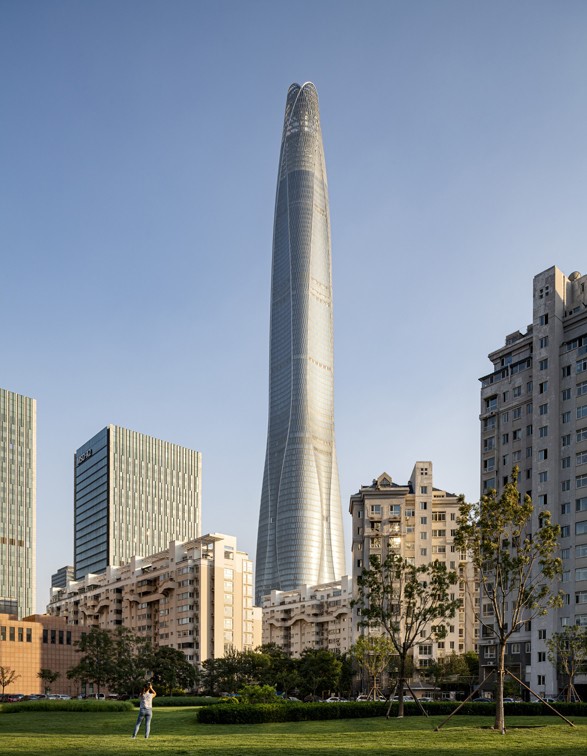
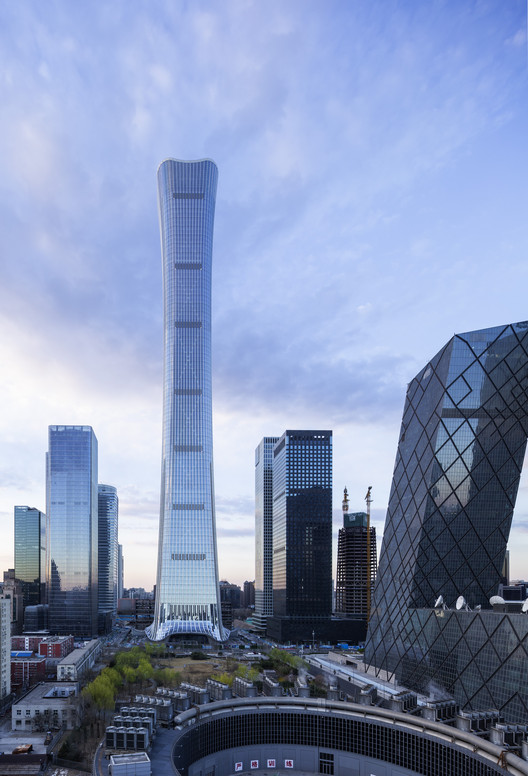
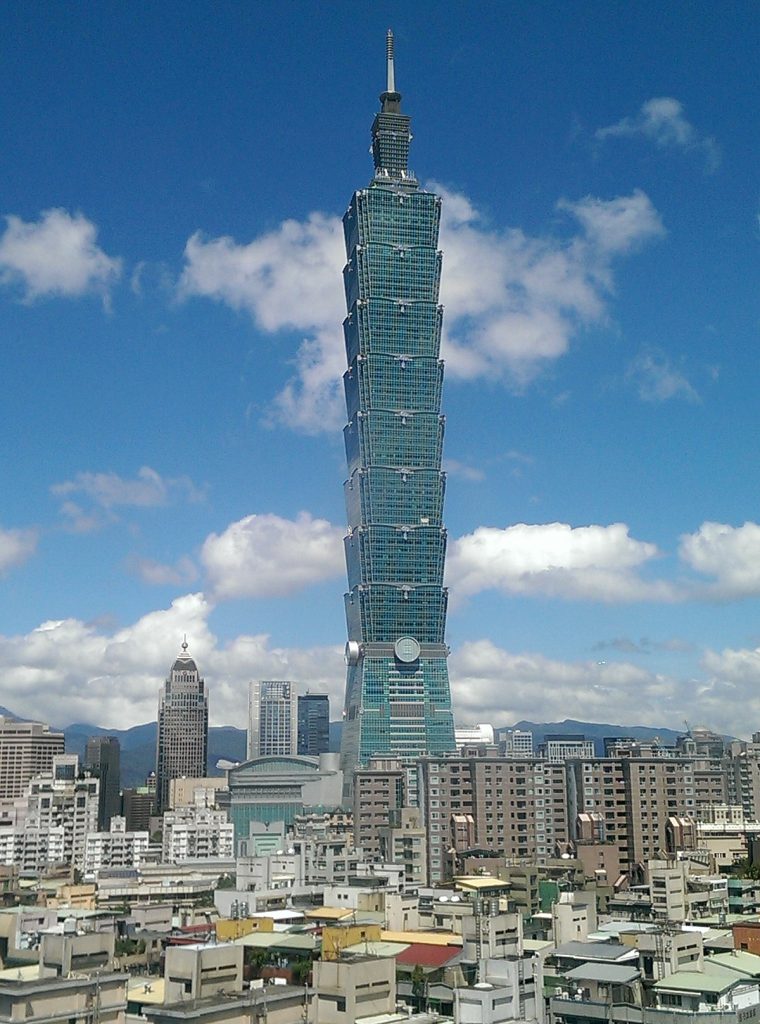
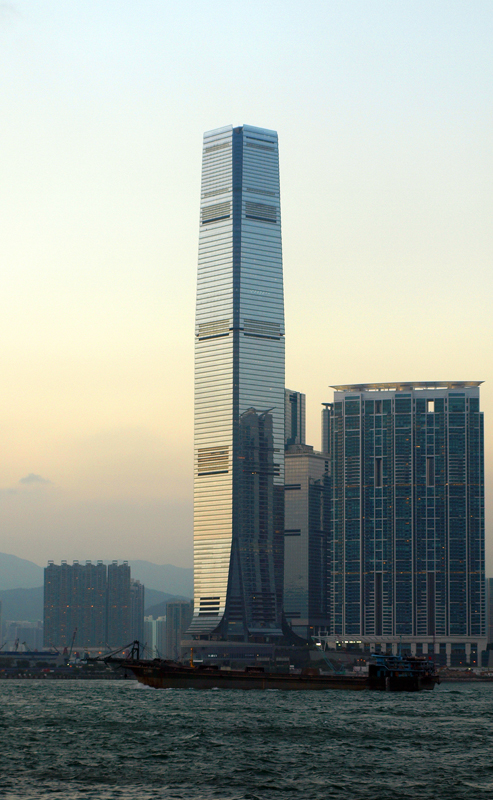














Leave a comment